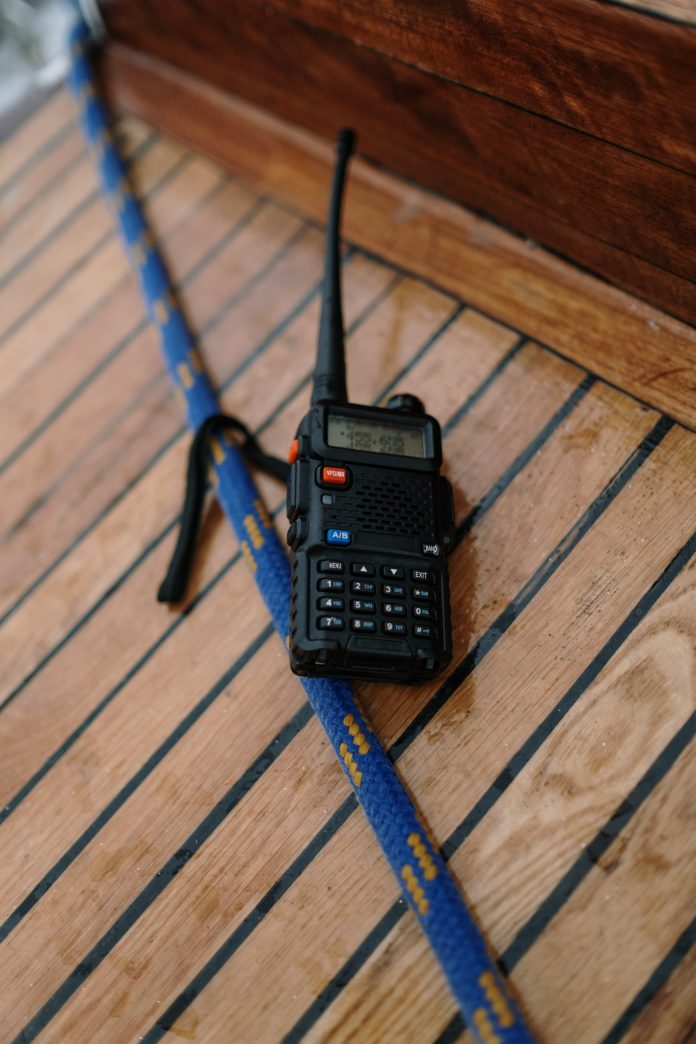Off grid communication is a way to communicate without relying on public infrastructure such as the electrical power grid and cellular networks.
It has become increasingly popular in recent years due to its ability to provide reliable and secure communication when traditional infrastructure is either unavailable or unreliable for various reasons.
This article will introduce the concept of off grid communication, discuss its benefits, and provide an overview of the top options to consider when looking for a way to stay connected off the grid.
Benefits of Off Grid Communication
One of the primary benefits of off grid communication is its ability to provide reliable communication in remote locations that are not connected to public infrastructure. This makes it an ideal option for travelers, adventurers, or anyone who needs access to a secure and reliable communication method in an area lacking traditional infrastructure.
Another benefit of utilizing off grid communication is the increased security and privacy. By using a secure channel that is not connected to anything else, users can ensure their data remains private and away from prying eyes or malicious actors.
Off grid communication systems are also relatively inexpensive to set up and maintain compared to traditional systems. This makes them an attractive option for people who may not have the resources or time to invest in a more expensive system.
Lastly, off grid communication systems have the ability to create local networks that enable people to stay connected and share information even when they are not connected to public infrastructure. This is especially useful for organizations or companies working in remote locations that require secure communication between their employees. For employment law experts who can help assert your employee rights, check out a helpful place like HKM.com for more info!
Different Types of Off Grid Communication Tech You Should Consider
Shortwave radio:
Shortwave radio is an off-grid communication technology that uses low and medium frequency bands to transmit signals over long distances. Shortwave radios are often used by international broadcasters and travelers alike to stay connected when traditional infrastructure is not available.
Amateur radio
Amateur radio, also referred to as ham radio, is a type of off grid communication that utilizes very high frequency (VHF) and ultra high frequency (UHF) bands to communicate between two or more points. Amateur radio operators must have a license in order to operate the equipment, but it is an excellent way to stay connected when public infrastructure is not available.
High frequency radios
High frequency (HF) radios are another form of off grid communication that utilizes frequencies between 3 and 30 MHz. This makes them ideal for long distance communication, as the signals can travel up to several thousand miles depending on conditions.
Satellite phones and messengers
Satellite phones and messengers are an increasingly popular form of off grid communication that use satellite networks to create a secure and reliable connection when traditional infrastructure is not available. These systems offer excellent coverage and are a great option for travelers or adventurers who may not have access to public infrastructure.
Mesh networking
Mesh networking is the process of connecting multiple devices together in order to create a larger, interconnected network. This type of off grid communication is often used by organizations in remote locations where traditional infrastructure is either unavailable or unreliable.
Public service bands
Public service bands and hand radios or walkie-talkies are another type of off grid communication technology that utilizes frequencies between 30 and 50 MHz. These systems are often used by emergency personnel, military personnel, and other organizations for reliable communication in areas where traditional infrastructure is not available. Buy high-quality hand radios to ensure robust and reliable off-grid communication capabilities.
How to Up an Off Grid Communication System – Step by Step

Choosing the Right Equipment:
Selecting the best equipment for an off-grid communication system is essential to ensure a successful set up. Factors to consider include range, battery life, portability, and cost. Additionally, users should determine if their equipment requires any type of licensing or special permits in order to operate legally.
Understanding Radio Frequencies:
Off grid communications systems operate over a variety of different radio frequencies, ranging from low to ultra-high frequency bands. Knowing which frequencies are best suited for the desired range and distance is essential in order to select an appropriate system.
Selecting an Appropriate Antenna System:
An effective off grid communication system requires a reliable antenna that can transmit signals over the desired distance. Factors to consider include type of antenna, power output, and size. Additionally, users should make sure their antenna is compatible with their chosen communication system.
Establishing Transmission Protocols:
Establishing appropriate protocols for sending and receiving messages is essential for any off grid communication system. These protocols should include guidelines on message length, type of content (i.e. text or voice), frequency of transmission, encryption standards, and emergency procedures. Establishing these rules helps ensure the security of communication and allows all users to be aware of what is expected in order to use the system effectively.
Additionally, users should familiarize themselves with the laws and regulations regarding off grid communication in their area to ensure they are operating within legal limits.
The Bottom Line:
Off grid communication systems offer a reliable and secure way to stay connected in remote locations. From satellite phones to mesh networks and CB radio, there are several options available for setting up an off grid communication system. With all the options outlined in the article above, you should have everything you need to get your off-grid communication system up and running in no time!














